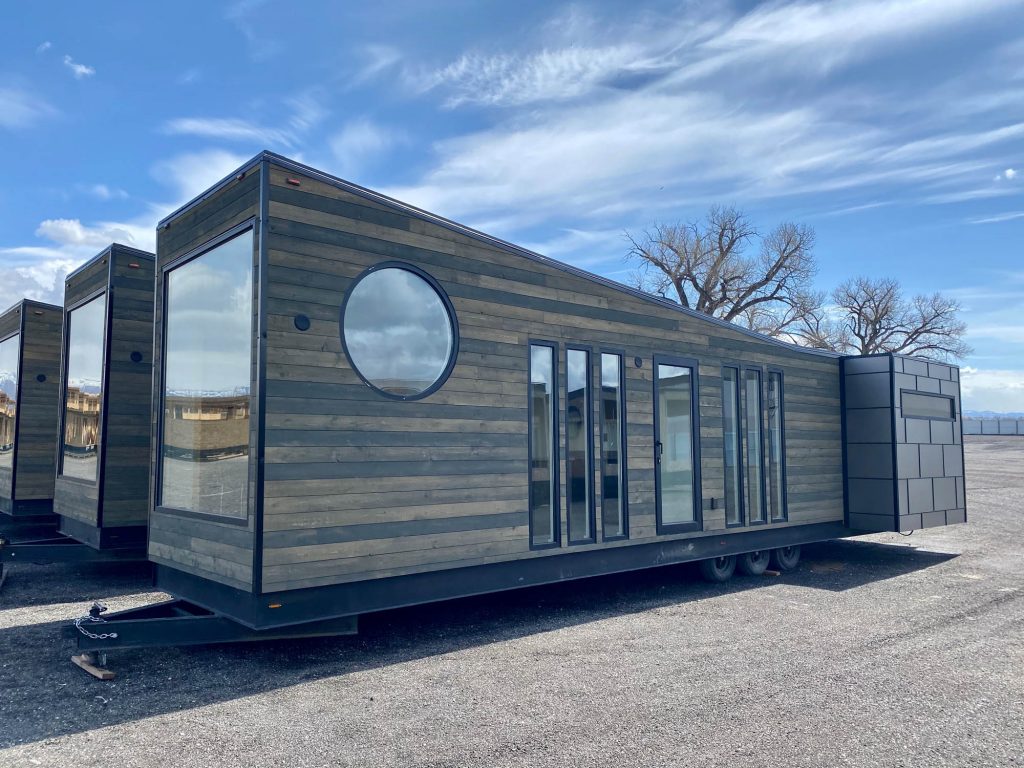
In an age of environmental consciousness and a growing desire for sustainable living, the concept of off-grid living in tiny homes has gained significant traction. This movement is not only a response to the environmental challenges posed by traditional housing and energy sources but also a way to simplify lifestyles and reconnect with nature. Off-grid tiny homes empower individuals to take control of their energy and water needs through the innovative use of renewable resources, offering a glimpse into a more self-sufficient and environmentally friendly way of life.
The Rise of Off-Grid Tiny Homes
The allure of off-grid living in tiny homes lies in the freedom it offers from the confines of urban living and the environmental impact of conventional housing. As urbanization continues to strain resources and increase pollution, many individuals are seeking alternative lifestyles that minimize their carbon footprint and foster a deeper connection with nature. Tiny homes, often built on wheels to enable mobility, provide the perfect canvas for innovative solutions to energy and water needs.
Harnessing Renewable Energy
• Solar Power: The Sun’s Abundant Energy
One of the cornerstones of off-grid living is the utilization of solar power. Solar panels, strategically placed on the tiny home’s roof, convert sunlight into electricity that can power appliances, lighting, and even heating and cooling systems. Advances in solar technology have made it more efficient and affordable than ever, making it a viable option for off-grid dwellers.
• Wind Energy: Capturing Nature’s Breeze
In regions with consistent wind patterns, wind turbines can be incorporated into the off-grid tiny home’s design to harness wind energy. While this technology may be less common than solar panels, it offers a complementary source of renewable energy, ensuring a steady power supply even on cloudy days.
Water Solutions for Off-Grid Living
• Rainwater Harvesting: Tapping into Nature’s Reservoir
Collecting rainwater is a smart way to address water needs in off-grid tiny homes. Rainwater can be collected from the roof, filtered, and stored for various uses, such as drinking, cooking, and bathing. Implementing a rainwater harvesting system not only reduces the demand on local water sources but also helps mitigate the risk of water scarcity.
• Greywater Recycling: Maximizing Water Efficiency
Greywater, which is water from sinks, showers, and laundry, can be treated and reused for non-potable purposes like irrigation or flushing toilets. Greywater recycling systems help minimize water waste and create a closed-loop system within the tiny home, further promoting sustainability.
Innovative Design and Technology
• Compact Living: Making the Most of Every Inch
Designing a functional and comfortable living space within the constraints of a tiny home requires creativity and efficient use of space. Modular furniture, multi-purpose rooms, and clever storage solutions are essential elements of off-grid tiny home design.
• Smart Home Technology: Automation for Efficiency
Integrating smart home technology allows off-grid dwellers to monitor and control energy usage, water levels, and other systems remotely. This enhances energy and water efficiency while providing a convenient lifestyle.
The Rewards of Off-Grid Tiny Living
• Environmental Benefits: A Reduced Carbon Footprint
Off-grid tiny homes significantly reduce reliance on fossil fuels and minimize the ecological impact associated with traditional housing. By utilizing renewable energy and efficient water solutions, occupants can contribute to a more sustainable future.
• Financial Freedom: Cutting Costs and Simplifying Life
Off-grid living often translates to lower monthly expenses due to reduced utility bills and a simpler lifestyle. This financial freedom can enable individuals to pursue their passions, travel, or invest in personal development.
Off-grid living in tiny homes represents a harmonious blend of innovative technology, sustainable practices, and a deeper connection to nature. By harnessing renewable energy and adopting water solutions, individuals can create a self-sufficient lifestyle that benefits both the environment and their own well-being. As the movement gains momentum, it’s clear that the path to a more sustainable future is being paved by those who choose to embrace the off-grid tiny home lifestyle.

